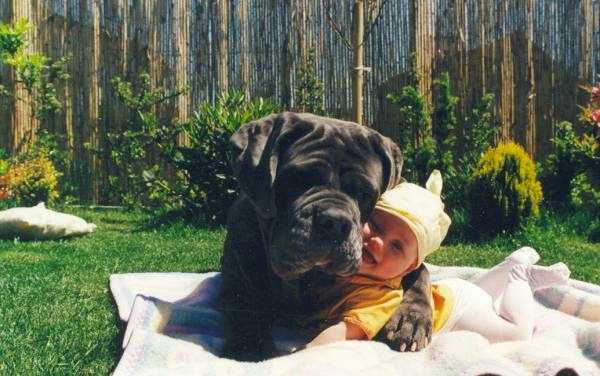Picture returning home after a tiring day, only to find chewed-up shoes or a mess on the floor instead of the usual warm welcome from your dog. It’s undoubtedly frustrating, isn’t it? However, it’s essential to understand that dogs aren’t deliberately aiming for the title of “Most Annoying Pet.” Their actions serve as a form of communication, their way of indicating that something might be wrong.
So, let’s put on our detective hats and decode what our canine companions are trying to communicate, shall we?
Understanding Dog Behavioral Issues
Just like humans, dogs possess distinct personalities, emotions, and yes, they can also face their own set of challenges. These behavioral issues vary in severity, affecting both the dog’s well-being and our connection with them. Examples include aggression, separation anxiety, excessive barking, chewing, and other similar concerns.
Aggression
A study published in the Journal of Veterinary Behavior found that aggression, particularly towards strangers and family members, is a significant issue, with 20-30% of dogs showing some aggression during their lifetime. This can stem from fear, territorial instincts, or even past trauma (most likely seen in military dogs such as Golden Retrievers or Labradors).
Separation Anxiety
Separation anxiety is another common problem, affecting approximately 20-40% of dogs seen by animal behavior specialists. This anxiety can manifest through destructive behavior, incessant barking, and even self-harm when left alone, according to a study in the Journal of Applied Animal Welfare Science.
Excessive Barking and Chewing
Barking and chewing, while natural dog behaviors, can become excessive due to boredom, attention-seeking, or as a response to environmental triggers. These can be particularly stressful for families who need to keep their dogs mainly indoors and have to deal with destroyed furniture.
Addressing Dog Behavioral Issues
Understanding the root cause of these behaviors is the first step toward addressing them. Here’s how
- Professional Consultation
Begin by scheduling a visit to the veterinarian to eliminate any potential underlying medical issues that could be influencing the behavior. Subsequently, seek guidance from either a qualified dog trainer or a veterinary behaviorist to develop tailored strategies that address your dog’s individual requirements.
- Positive Reinforcement Training
Utilizing positive reinforcement techniques is an effective approach to tackle behavioral concerns in dogs. By rewarding desired actions with treats, praise, or play, you encourage your dog to continue displaying those behaviors. Research published in the Journal of Applied Animal Behavior Science demonstrates the efficacy of positive reinforcement methods, fostering a closer bond between pets and their owners.
- Environmental Enrichment
Boredom and excess energy are often the culprits behind destructive behaviors. Providing ample physical and mental stimulation through toys, puzzles, and regular exercise can significantly reduce these issues. A systematic review in the journal Animals concluded that environmental enrichment not only reduces behavioral problems but also improves overall well-being.
- Consistency is Key
Consistency in training and daily routines can provide a sense of security and structure for your dog, reducing anxiety and stress. This means setting clear boundaries and rules and sticking to them.
Conclusion
Ultimately, our dogs aren’t merely companions; they’re integral members of our family. Similar to any family member, they exhibit unique characteristics and may encounter difficulties. Through empathy, knowledge, and affection, we can identify the underlying reasons for their behavioral concerns and guide them towards a life filled with joy and wellness.
Remember, there’s no one-size-fits-all solution when it comes to dog behavior. It’s about finding what works best for you and your furry friend. So, let’s celebrate the progress, no matter how small, and continue to learn and grow alongside our beloved canine companions. After all, the bond we share with them is truly something special.
Through understanding, patience, and the right strategies, we can address the behavioral issues our dogs face, strengthening the bond we share with our loyal companions. So, let’s embark on this journey together, filled with treats, tail wags, and maybe a few less chewed-up shoes.

